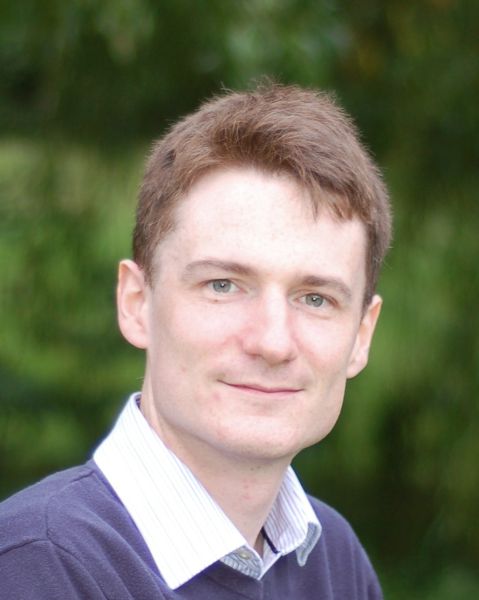Gareth Conduit

Dr Gareth Conduit
Fellow of Gonville and Caius College
Office: 517 Mott Bld
Email: gjc29 @ cam.ac.uk
Personal web site
TCM Group, Cavendish Laboratory
19 JJ Thomson Avenue,
Cambridge, CB3 0HE UK.

Research
I am a research fellow in the Theory of Condensed Matter Group, University of Cambridge. My research is focused on strongly correlated phenomena and the application of machine learning to design new materials and drugs.
Concurrent design of materials and drugs
We have proposed, implemented, and employed a machine learning computational tool that can characterize new materials and drugs. We have collaborated with a series of companies to see the materials expererimentally proven to have the predicted properties. The computational tool is now being commercialized by Intellegens.
We highlight just one project in which the tool was used to discover four new alloy families. The alloys include a nickel-based alloy for turbine discs in jet engines, an alloy for lining the combustion chamber of a jet engine, and two molybdenum forging alloys. Each alloy has thirteen individual physical properties that are predicted to match or exceed commercially available alternatives, and for each alloy eight properties have been experimentally verified.
Strongly correlated phenomena
An electron gas with contact repulsive interactions is a deceptively simple interacting system, yet it displays a remarkably rich range of phenomena. At mean-field level the electron gas was predicted by Stoner to undergo a mean-field transition into an itinerant ferromagnet. This phase has never been cleanly observed in the solid state, however we studied the first experimental exploration of its properties in an ultracold atomic gas. Moreover, quantum fluctuations mean that a variety of other inhomogeneous magnetic states are energetically favorable, with our suggestion of a spin spiral state being first observed in CeFePO in 2012.
A few-fermion ultracold atom system presents an alternative arena to study strongly interacting fermions. The system allows strong correlations to be probed and explained within an exactly solvable and experimentally measurable system, which when mastered will allow the intuition and understanding to be built up for a many-body system. Our study of the consequences of repulsive and attractive interactions in this system was followed by the experimental realization and characterization of a few-atom Fermi sea.

In Plain English
From the stone age to today, new materials make history. But new materials are usually found after years of research. We use a computer to understand and design materials. The computer takes only minutes to design a material. We used a computer to design 5 new materials. The materials were tested and found to work as expected.Featured Publications
Predicting physical properties of alkanes with neural networks (pdf)
Fluid Phase Equilibria 501, 112259 (2019)Probabilistic neural network identification of an alloy for direct laser deposition (pdf under CC BY)
Materials & Design 168, 107644 (2019)Materials data validation and imputation with an artificial neural network (pdf)
Computational Materials Science 147, 176 (2018)Probabilistic design of a molybdenum-base alloy using a neural network (pdf)
Scripta Materialia 146, 82 (2018)Design of a nickel-base superalloy using a neural network (pdf)
Materials & Design 131, 358 (2017)Inhomogeneous state of few-fermion superfluids (pdf © APS)
Phys. Rev. Lett. 111, 045301 (2013)Ferromagnetic spin correlations in a few-fermion system (pdf © APS)
Phys. Rev. A 87, 060502(R) (2013)A repulsive atomic gas in a harmonic trap on the border of itinerant ferromagnetism (pdf © APS)
Phys. Rev. Lett. 103, 200403 (2009)Inhomogeneous phase formation on the border of itinerant ferromagnetism (pdf © APS)
Editors' Suggestion in Phys. Rev. Lett. 103, 207201 (2009)
Spotlighted with accompanying Viewpoint commentary in Physics 2, 93 (2009)